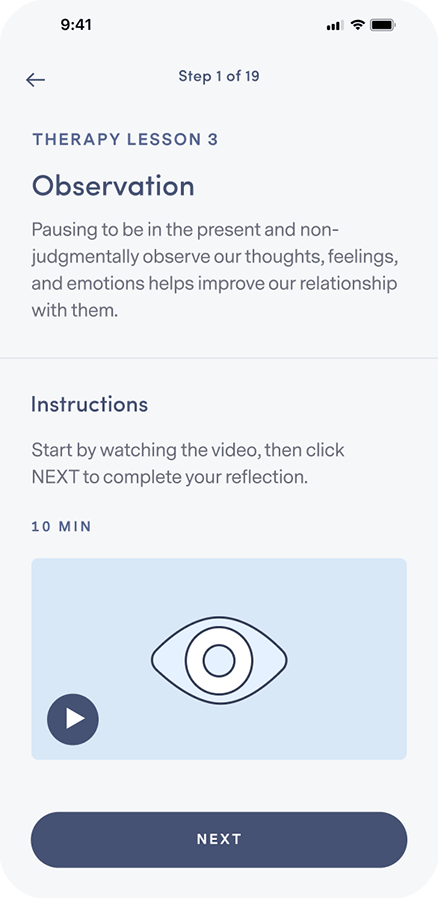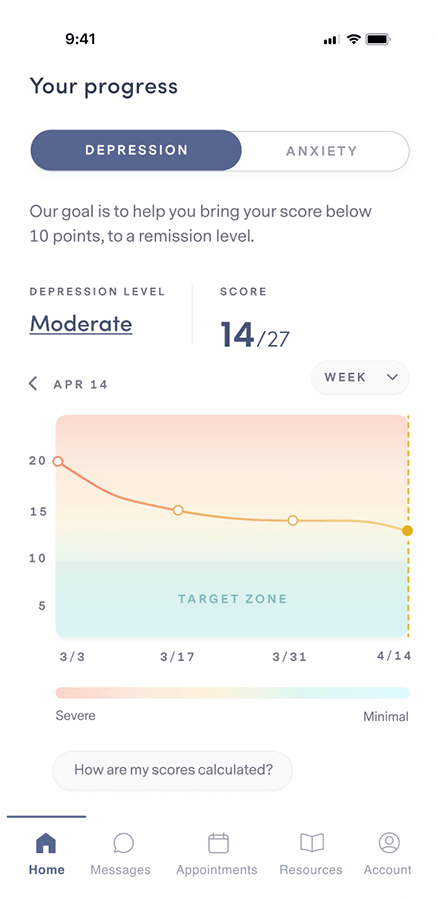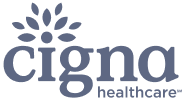HOW WE TREAT SAD
Life-changing online care for seasonal affective disorder
Our providers understand the challenges of SAD, and have real-world experience helping people just like you.
Start with a free assessment
HOW WE TREAT SAD
Our providers understand the challenges of SAD, and have real-world experience helping people just like you.
Start with a free assessment
Our Care
Different people experience SAD in different ways. That’s why our providers work 1:1 with you to personalize treatment to your unique needs.
When medication is necessary, our psychiatric providers analyze 100+ data points to determine the most tolerable and effective prescription for you.
Our program combines cognitive and behavioral therapy with independent skill practice—all of which have been clinically proven to work for a wide range of symptoms.
Mental Health condition
Since SAD is a subtype of depression, SAD symptoms are the same as the symptoms of major depressive disorder (MDD). However, these symptoms only occur seasonally and typically during the late fall and winter months.

Seasonal affective disorder (SAD) is a type of depression that’s related to changes in seasons—SAD begins and ends at about the same times every year. If you’re like most people with SAD, your symptoms start in the fall and continue into the winter months, sapping your energy and messing with your mood.

In addition to the symptoms of MDD, season-specific symptoms of SAD can also include:
HOW IT WORKS

Let your provider know how you’re feeling, get to know you, and provide 1:1 support.

Get questions or concerns off your chest between video visits by messaging your provider at any time.

Learn how to integrate new thought and behavior patterns into your daily life.

Complete weekly check-ins so your provider can track your progress and, if necessary, adjust your treatment and/or medication.
Our plan options
Because quality mental health care shouldn’t be out of reach for anyone.
PERSONALIZED
PERSONALIZED
comprehensive
Free Assessment
86% of our members feel better within 12 weeks.
We accept insurance.





FREQUENTLY ASKED QUESTIONS
If your question isn’t answered below, view our full list of FAQs here.
Brightside is available to people 18 years and older in the states where Brightside operates who believe they may be experiencing depression and may benefit from treatment.
Remote care is not a good fit for people with certain conditions or situations. These include (but are not limited to):
Our providers do not treat, and do not prescribe for adhd.
If any of these describe you, it’s best for you to be seen by a provider in person so you can get the care that’s right for you.
Brightside makes it easy to get top quality depression care from the privacy of home.
Here’s how Psychiatry works:
Here’s how Therapy works:
When scheduling your first appointment, you can browse all of our available providers in your state. Take a look at their profiles and check open times to find the best fit for you. Every Brightside provider undergoes a rigorous hiring and vetting process to ensure the highest quality care.
Brightside currently accepts select insurance plans in various states for payment of your provider’s or therapist’s services. Please see below for a current listing of plans. Brightside may not be included in all plans that each health insurance company offers. Please contact your health insurance plan to verify that your care at Brightside will be covered.
We currently accept the following insurance plans:
If you are a new member signing up for services you can enter your insurance information during the sign-up process. We’ll let you know your eligibility, as well as you estimated co-pays and out-of-pocket costs (if any) before signing-up or scheduling.
We also accept HSA/FSA payment if you have one of those accounts. If you have questions about using your medical or prescription insurance benefits, please contact us by emailing [email protected].
The exact cause of SAD is unknown, but research points to decreased exposure to daylight as the main contributor. Sunlight exposure stimulates the hypothalamus, a part of the brain that helps control your circadian rhythm. Lack of light throws the circadian rhythm off, which can cause the brain to produce too much melatonin and release less serotonin. The result leaves many people feeling low and lethargic.
Additionally, several attributes may increase your risk of SAD. They include:
It’s normal to have some days when you feel down. But when symptoms enter the moderate to severe range and begin to interfere with social and occupational functioning it may be time to seek professional help. If you are unsure where on the range your symptoms fall, taking a free online evaluation can help figure out the best immediate next step. Brightside offers one on our website for free.
Recognizing a seasonal pattern is the key to an accurate diagnosis. Symptoms usually begin in October or November and subside in March or April. If you believe you may have a seasonal depressive pattern, it’s essential to pay attention to it. Track your symptoms, noting when they begin and when they go away. This self-awareness can help with an accurate diagnosis. Mental health professionals will ask you about your observations and your family history since mood disorders tend to have a genetic component.
There are three major types of treatment for SAD that may be used alone or in combination with the others:
Medication
Selective Serotonin Reuptake Inhibitors (SSRIs) are used to treat the symptoms of SAD. As with other medications, there are side effects to SSRIs. Talk to your doctor about the possible risks of using this medication for your mental health condition. You may need to try several different antidepressant medications before finding the one that improves your symptoms without causing side effects. For more information on antidepressants, check out our post 7 Common Myths and Misconceptions About Antidepressants.
Light Therapy
The idea behind light therapy is to supplement the natural light of fall and winter using daily exposure to bright, artificial light indoors. Using a lightbox within the first hour of waking has proven to be effective. It’s important to speak with a healthcare professional regarding light therapy before using a light box, but it should deliver 10,000 lux of light and emit as little UV light as possible. 20-30min per day is the recommended dose, at a distance of 2 feet, with eyes open but not looking directly at the light.
Therapy (CBT-SAD)
Cognitive behavioral therapy (CBT) is a type of treatment that has been shown to be effective in treating SAD. Traditional cognitive behavioral therapy techniques have been adapted for use with SAD (CBT-SAD). CBT-SAD relies on CBT’s basic techniques, such as identifying negative thoughts and replacing them with more positive thoughts. CBT-SAD also incorporates a technique called behavioral activation. Behavioral activation seeks to help someone identify engaging and pleasurable activities, whether indoors or outdoors, to improve coping during the winter months.